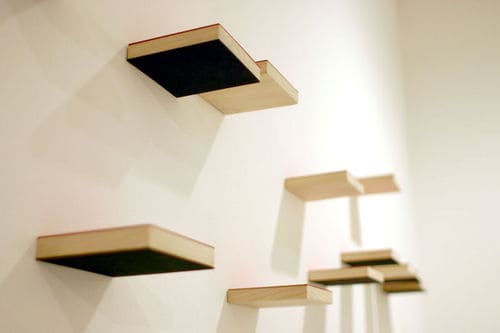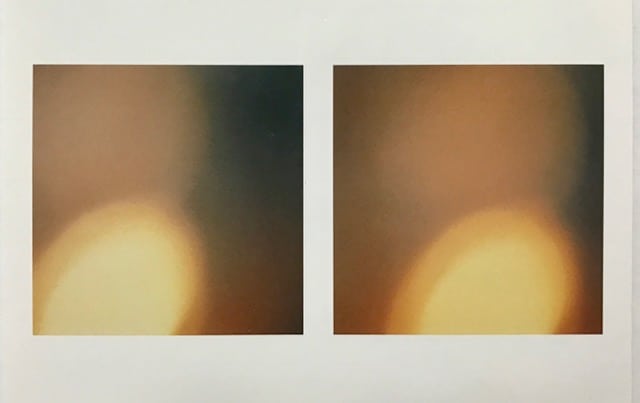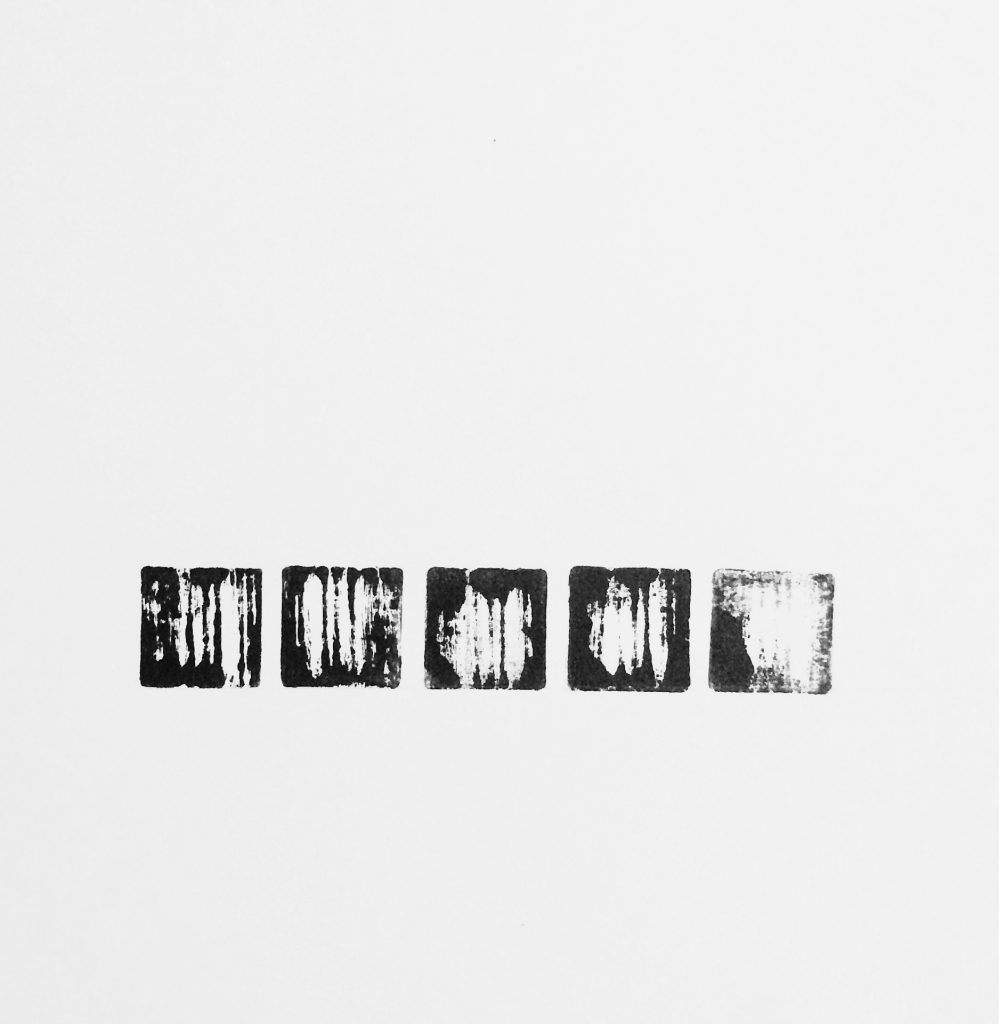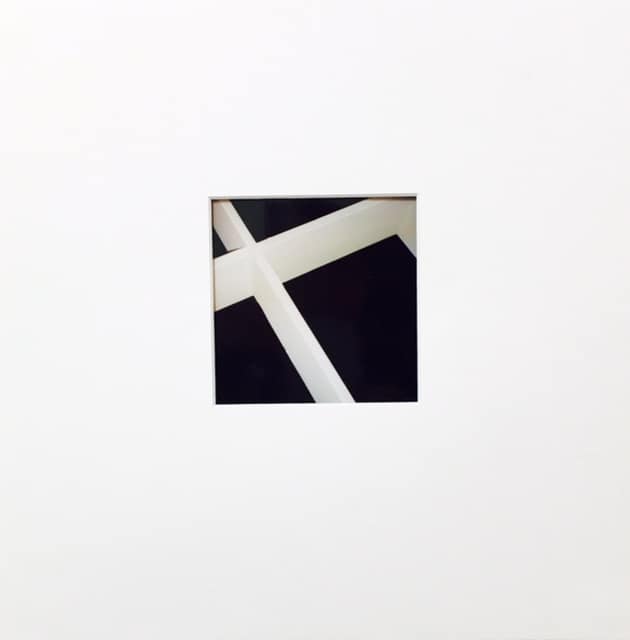As a child, Beverly Rautenberg suffered from upper respiratory problems that plagued her from the age of three till she started high school. For most of the year, she was kept at home, in a suburb of Chicago, and as an only child found those early years difficult and isolating. What carried her through was the prospect of a creative adult life. “I had two dreams—to be a fashion designer or an artist,” she recalls. “I was either drawing or sewing something, making clothes for my dolls.” An aunt who worked in the fashion world bought her a toy sewing machine, and that gift further spurred aspirations toward a career in fashion.
By the time Rautenberg was in high school, though, both her parents and her guidance counselor discouraged that path. Nevertheless she went to Bradley University in Peoria, IL, and ended up majoring in textiles. After graduation, and a brief stint in retail, the artist found a job as a fashion designer in the tight Chicago market. “I was doing mainly dresses—daytime dresses and later evening wear,” she remembers. The clothing was sophisticated enough to be sold through high-end outlets like Neiman Marcus and Bonwit Teller, but after a decade in the business, Rautenberg was burned out. In her last year as a designer she started taking classes in photography and experimenting with abstraction. “I’ve always been inspired mostly by painters,” she says. “Especially Mark Rothko for the meditative, soft-focus, and ethereal qualities of the work.” In 2000, she was selected to be part of a show called “Contemporary Chicago Abstraction” at Klein Artworks, which included work in many different mediums. “Having photos in that show really gave me a lot of exposure,” she says, including interest from the curator of a small but prestigious university gallery.Realizing how painterly the photographs looked, Rautenberg decided to head back to school to acquire more skills, first at a junior college—where she took classes in drawing and painting—and later at the School of the Art Institute of Chicago to acquire a BFA. Most of her work was in the sculpture department, where she studied under Richard Rezak and Stephanie Brooks and where she first encountered the piece known as Untitled (Stacks) from the 1960s by Donald Judd. “I knew I couldn’t do anything on that large a scale,” she says. “I’ve always done very small work, intimate work that makes you want to get up close and really look at it.”
Her spin on Judd, and the whole minimalist aesthetic, was to bring the subjective to the forbiddingly formal elements of that movement. In [Dysfunctional] Family Tree from 2014, an otherwise rigidly geometric work of square shelf-like elements stacked at uneven intervals along the wall, Rautenberg injected bits of personal information. “Even though you may not see it in the work, it was there in my head,” she explains. “I would be making a piece about my uncle, or my grandmother, who was a very tough woman. She came here from Yugoslavia with only twenty dollars to her name.” Her relations, either good or bad, would filter into the sculpture. “A lot of the work I do has been very good therapy. That may be an extension from when I was a child, drawing and making dresses to take my mind off how sick I was.”
Almost all Rautenberg’s work since 2000 has been based on the square, an affinity she discovered by chance when she was on a break from one of her temporary office jobs. “I happened to glance up when I was returning to work and saw a building that had a big window, and farther back was a huge dark shadow of a square,” she says. “I thought, I have to make something square.” Poplar wood is her preferred material for most her sculpture, to which she adds other materials, such as aluminum, archival pigment prints, thin sheets of black rubber, and enamel.
The artist’s fascination with a minimalist dialogue spills over into her recent photography as well. In a series called “Metamorphosis (Homage to Kafka)”—based on the Czech author’s famous novel—she “photographed the ‘ceiling’ of a gallery space, enlarged it to life-size, and turned it into ‘floor.’” Two of the prints—which all have a mysteriously haunted feel, though they are based on an ordinary gridded structure—are in a show at 5Point Gallery in Santa Fe through mid-January.
Rautenberg still works at temp jobs, mainly as an administrative assistant, and devotes her evenings to making art, but the daily grind nevertheless offers inspiration. Multitasking [24/7], for instance ,is based on icons in the computer, “all the little symbols that come up when you’re making a Word document,” she says. “I was always sketching ideas for pieces throughout the day on Post-It notes.” In the evenings, she looked at them and put them to use.
Of late, the artist has been reaching out more and more, with promising ventures in the works. A future show with 57W57Arts in New York is in the planning stages, and she is looking for further representation in other cities. “My goal is to find two or three galleries in the U.S. and the same number internationally. It takes a lot of work and effort. You can’t sit back and wait for them to come to you. So far, I’ve been successful, and I am very thankful.”
Ann Landi
Top: [ Dysfunctional ] Family Tree (2014), wood, enamel, rubber, 6.5 feet high by 50 inches wide by 5 inches deep


![Multitasking [24/7], 2012, 2 inches high by 30 inches wide by 2 inches deep](https://vasari21.com/wp-content/uploads/2016/12/Rautenberg-multitasking.jpg)
![Multitasking [24/7], detail](https://vasari21.com/wp-content/uploads/2016/12/Rautenberg-detail-of-multitasking.jpg)


Thanks Ann, for introducing Beverly Rautenberg, whose exquisite work makes minimalism intimate and expression.
I find myself caring for your sculptures, Beverly, as though they are people.
Beverly, Congratulations on this write up by Ann and for holding down the minimalist corner of the visual landscape! Its is so interesting to read about your life/influences (and the lives of Vasari 21 artists)- even if punctuated by jump cuts that only the artist knows about.
Ann and Beverly, I confess to being wildly in remiss in reading Vasari21 articles, so hence my late responses here. But blessing all the way around nevertheless!